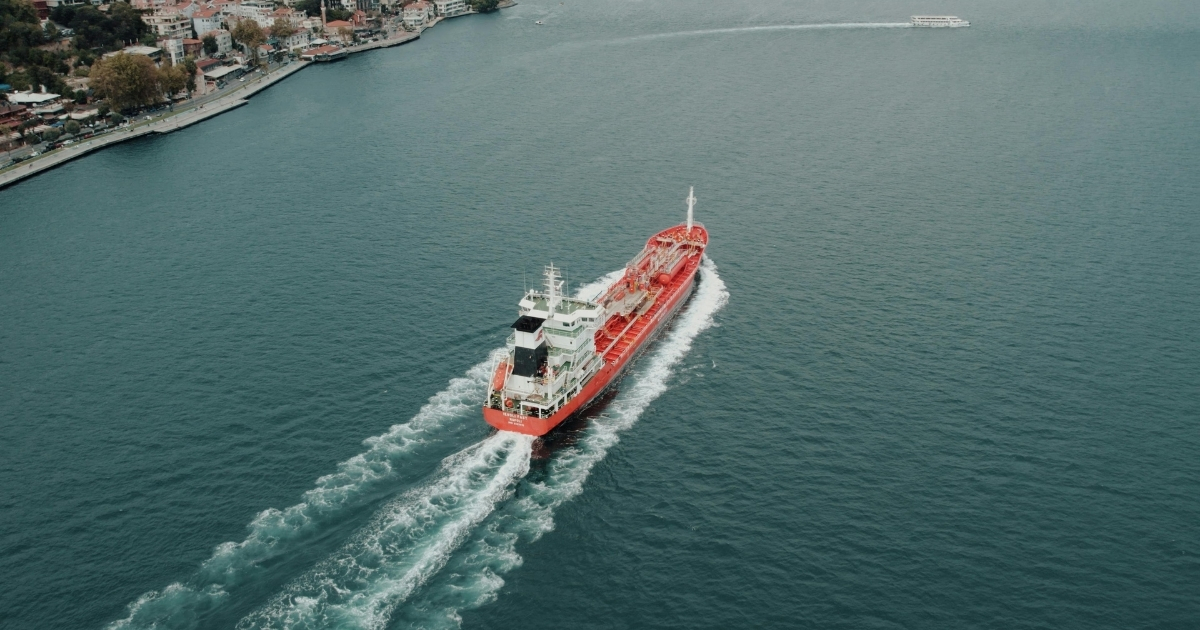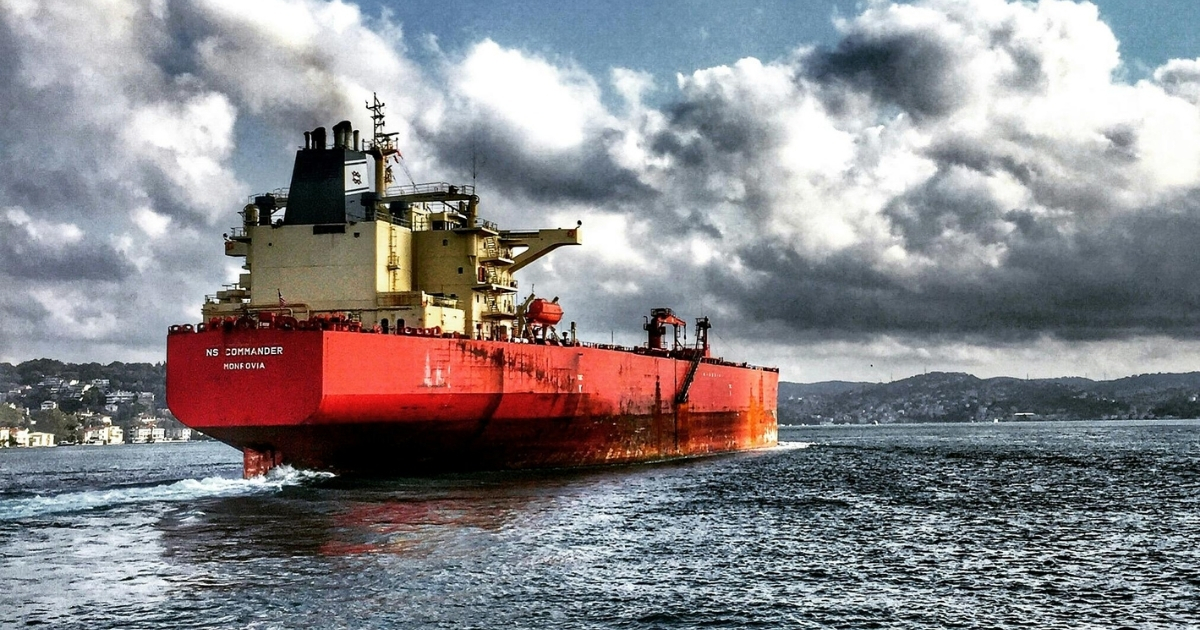Key Features and Design
Chemical tankers are designed with specific features to ensure safe and efficient operations. Key design elements include:
-
Multiple Cargo Tanks: Allowing for the transportation of different chemicals without cross-contamination.
-
Advanced Pumping Systems: Ensuring precise loading and unloading of cargo.
-
Safety Systems: Including gas detection, fire suppression, and emergency shutdown systems.
Chemical Tanker Classification System
Type 1 Chemical Tankers
Type 1 chemical tankers are designed to carry the most hazardous chemicals. They have the highest level of safety features and are built to withstand severe conditions. These tankers have double hulls and advanced containment systems to prevent leaks and spills.
Type 2 Chemical Tankers
Type 2 tankers are used for less hazardous chemicals compared to Type 1. They still require significant safety measures but have slightly less stringent design requirements. These tankers are often used for chemicals that pose a moderate risk to the environment and human health.
Type 3 Chemical Tankers
Type 3 chemical tankers are designed for the least hazardous chemicals. They have the simplest design and safety features, suitable for chemicals that pose minimal risk. These tankers are often used for bulk chemicals that are not highly reactive or corrosive.
Main Characteristics of Chemical Tankers
Cargo Tank Design
The design of cargo tanks in chemical tankers is crucial for safe transportation. Tanks are often made from stainless steel or coated with specialized materials to prevent chemical reactions. The design also includes features to maintain the temperature and pressure of the cargo.
-
Stainless Steel Tanks: Ideal for corrosive chemicals.
-
Coated Tanks: Used for less reactive chemicals.
-
Temperature Control Systems: Ensuring cargo stability.
Coating and Materials
The materials used in chemical tankers are selected based on the type of chemicals being transported. Coatings are applied to prevent corrosion and contamination, ensuring the integrity of the cargo and the tanker.
-
Epoxy Coatings: Common for non-corrosive chemicals.
-
Phenolic Coatings: Used for more reactive chemicals.
-
Material Compatibility: Ensuring no adverse reactions.
Safety Systems
Safety is paramount in chemical tanker operations. These vessels are equipped with advanced safety systems to protect the crew, cargo, and environment.
-
Gas Detection Systems: Monitoring for leaks.
-
Fire Suppression Systems: Preventing and controlling fires.
-
Emergency Shutdown Systems: Quick response to emergencies.
Chemical Tanker Operations and Handling
Loading and Unloading Procedures
Loading and unloading chemical tankers require precision and care. Specialized equipment and procedures are used to ensure safe handling of the cargo.
-
Pumping Systems: For controlled transfer of chemicals.
-
Safety Protocols: To prevent spills and accidents.
-
Monitoring Systems: Ensuring accurate cargo transfer.
Cargo Segregation
Cargo segregation is essential to prevent chemical reactions between different cargoes. Chemical tankers have multiple tanks, each dedicated to a specific type of chemical.
-
Separate Tanks: For different chemicals.
-
Segregation Protocols: To avoid cross-contamination.
-
Compatibility Checks: Ensuring safe cargo combinations.
Tank Cleaning and Maintenance
Regular cleaning and maintenance of tanks are crucial to prevent contamination and ensure the longevity of the tanker. Specialized cleaning systems are used to remove residues and prepare tanks for new cargo.
-
Automated Cleaning Systems: For efficient tank cleaning.
-
Inspection Protocols: Regular checks for tank integrity.
-
Maintenance Schedules: Ensuring tanker readiness.
Chemical Tanker Safety Regulations
International Maritime Organization (IMO) Guidelines
The IMO sets global standards for the safety and environmental performance of chemical tankers. These guidelines ensure that tankers operate safely and sustainably.
-
Safety Standards: For tanker design and operation.
-
Environmental Regulations: To minimize pollution.
-
Compliance Requirements: Ensuring adherence to international laws.
MARPOL Annex II Requirements
MARPOL Annex II outlines regulations for the prevention of pollution by noxious liquid substances. Chemical tankers must comply with these requirements to operate legally.
-
Pollution Prevention: Measures to protect the marine environment.
-
Cargo Handling Protocols: To minimize environmental impact.
-
Certification Requirements: Ensuring compliance with MARPOL.
Crew Training and Certification
Crew members on chemical tankers must undergo specialized training to handle hazardous chemicals safely. Certification ensures that they are equipped with the necessary skills and knowledge.
-
Safety Training: For handling dangerous cargo.
-
Certification Programs: Validating crew competence.
-
Ongoing Education: Keeping up with industry standards.
Chemical Tanker Market Trends
Global Demand and Supply
The demand for chemical tankers is driven by the global chemical industry. As industries expand, the need for efficient chemical transportation increases.
-
Rising Demand: Due to industrial growth.
-
Supply Chain Developments: Affecting tanker availability.
-
Market Dynamics: Influencing tanker operations.
Emerging Technologies in Chemical Tanker Design
Technological advancements are shaping the future of chemical tankers. Innovations in design and materials are enhancing safety and efficiency.
-
Advanced Materials: For improved tanker durability.
-
Automation Systems: Enhancing operational efficiency.
-
Sustainable Technologies: Reducing environmental impact.
Environmental Considerations
Environmental concerns are influencing the design and operation of chemical tankers. Efforts are being made to minimize the ecological footprint of these vessels.
-
Emission Reduction: Technologies to lower emissions.
-
Eco-Friendly Designs: For sustainable operations.
-
Regulatory Compliance: Meeting environmental standards.
Goods2load's Partners Chemical Tanker Solutions
Centralized Platform for Chemical Tanker Bookings
Goods2load offers a centralized platform for booking chemical tankers, streamlining the process for trading companies. This platform provides access to a wide range of tankers, ensuring that companies can find the right vessel for their needs.
-
User-Friendly Interface: Simplifying the booking process.
-
Comprehensive Database: Access to various tankers.
-
Efficient Booking System: Reducing time and effort.
Forecasting Data for Chemical Tanker Availability
Goods2load provides forecasting data to help companies plan their chemical transportation needs. This data allows for better decision-making and resource allocation.
-
Predictive Analytics: For accurate forecasting.
-
Resource Planning: Optimizing tanker usage.
-
Data-Driven Insights: Enhancing operational efficiency.
Global Reach and Tailored Services
With a global network, Goods2load offers tailored services to meet the specific needs of trading companies. Their solutions are designed to enhance the efficiency and effectiveness of chemical transportation.
-
Global Network: Ensuring wide coverage.
-
Customized Solutions: Meeting unique client needs.
-
Expert Support: Providing guidance and assistance.
Chemical Tanker Fleet Management
Maintenance and Inspection
Regular maintenance and inspection are vital for the safe operation of chemical tankers. These processes ensure that tankers remain in optimal condition and comply with safety standards.
-
Routine Inspections: Identifying potential issues.
-
Preventive Maintenance: Extending tanker lifespan.
-
Compliance Checks: Ensuring regulatory adherence.
Crew Management and Training
Effective crew management and training are essential for the safe and efficient operation of chemical tankers. Well-trained crews are better equipped to handle the challenges of chemical transportation.
-
Skill Development: Enhancing crew capabilities.
-
Training Programs: For safety and efficiency.
-
Performance Monitoring: Ensuring crew readiness.
Compliance with International Regulations
Chemical tankers must comply with international regulations to operate legally. This includes adherence to safety, environmental, and operational standards.
-
Regulatory Compliance: Meeting global standards.
-
Certification Processes: Validating tanker operations.
-
Continuous Monitoring: Ensuring ongoing compliance.
Chemical Tanker Route Optimization
Factors Affecting Route Selection
Route selection for chemical tankers is influenced by various factors, including safety, efficiency, and cost. Optimizing routes ensures timely and cost-effective transportation.
-
Safety Considerations: Avoiding hazardous areas.
-
Cost Efficiency: Minimizing operational expenses.
-
Time Management: Ensuring timely deliveries.
Weather and Sea Conditions Considerations
Weather and sea conditions play a significant role in route planning for chemical tankers. Understanding these factors helps in avoiding delays and ensuring safe passage.
-
Weather Forecasting: For route planning.
-
Sea Condition Analysis: Ensuring safe navigation.
-
Risk Mitigation: Avoiding adverse conditions.
Port Selection and Efficiency
Selecting the right ports is crucial for efficient chemical tanker operations. Ports must have the necessary facilities and infrastructure to handle chemical cargoes safely.
-
Port Facilities: Ensuring adequate infrastructure.
-
Operational Efficiency: Reducing turnaround times.
-
Safety Protocols: Ensuring safe cargo handling.



